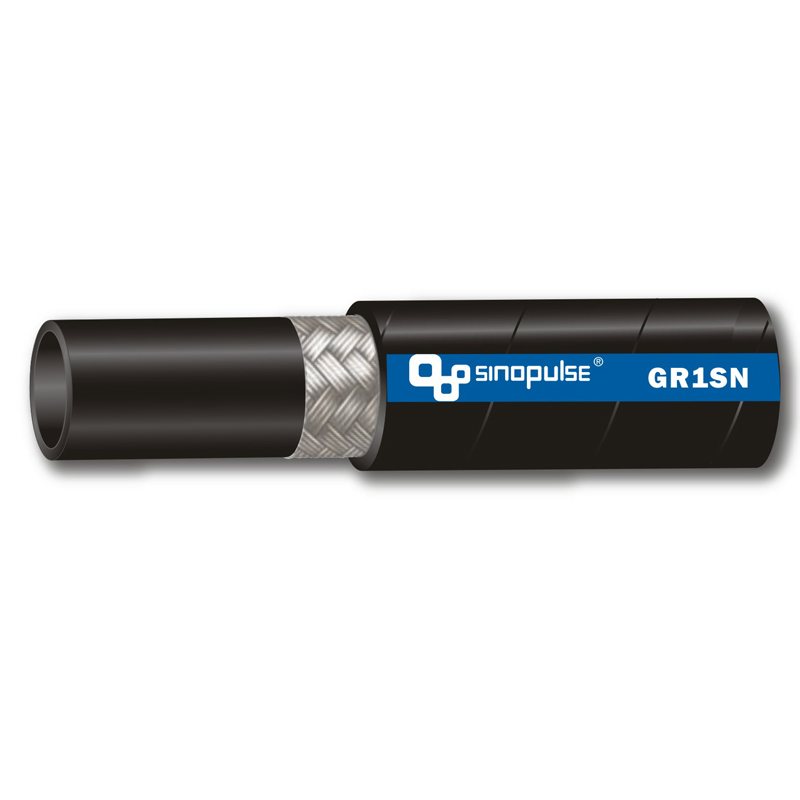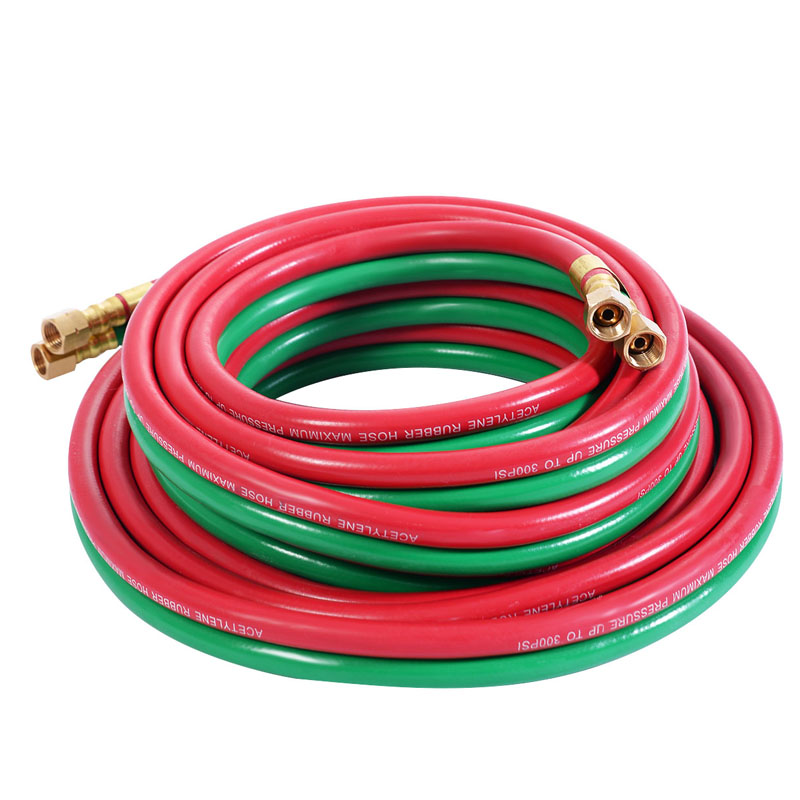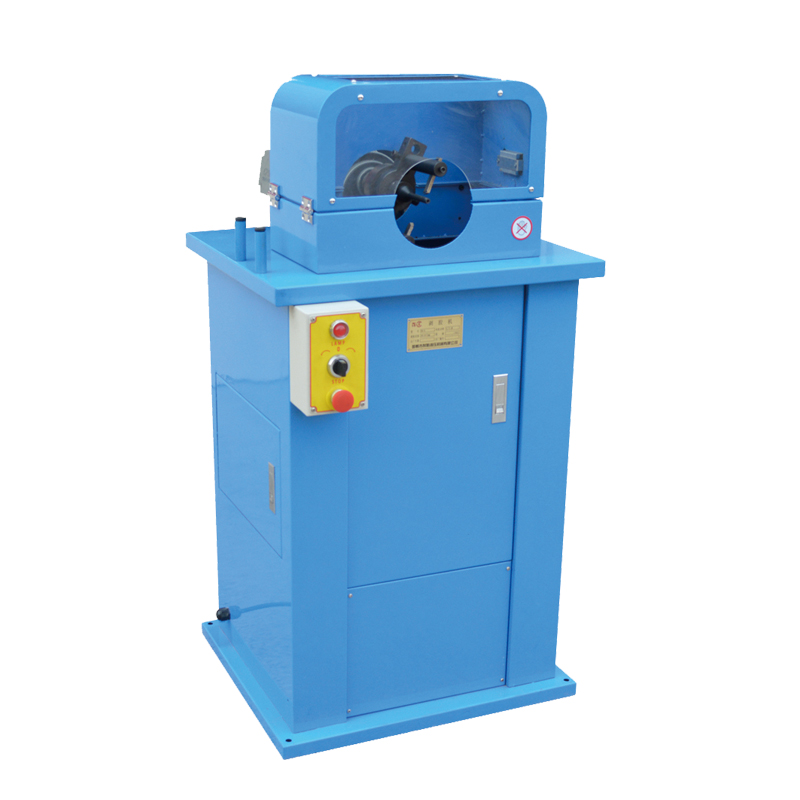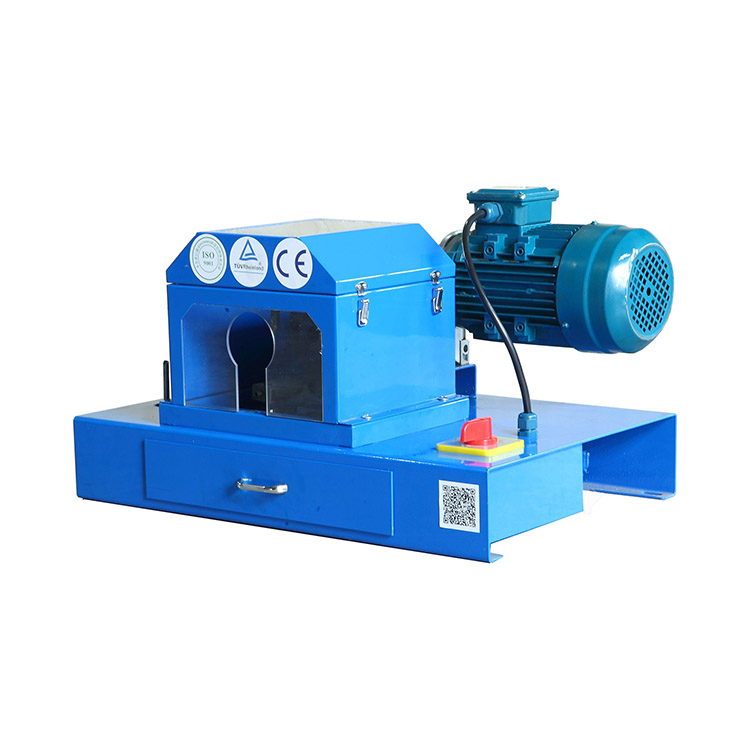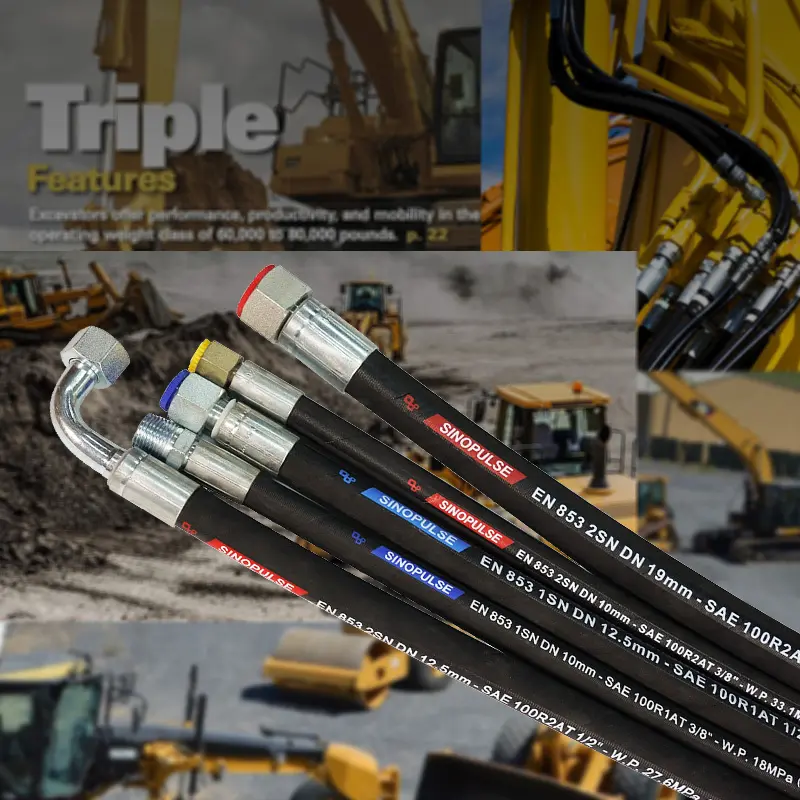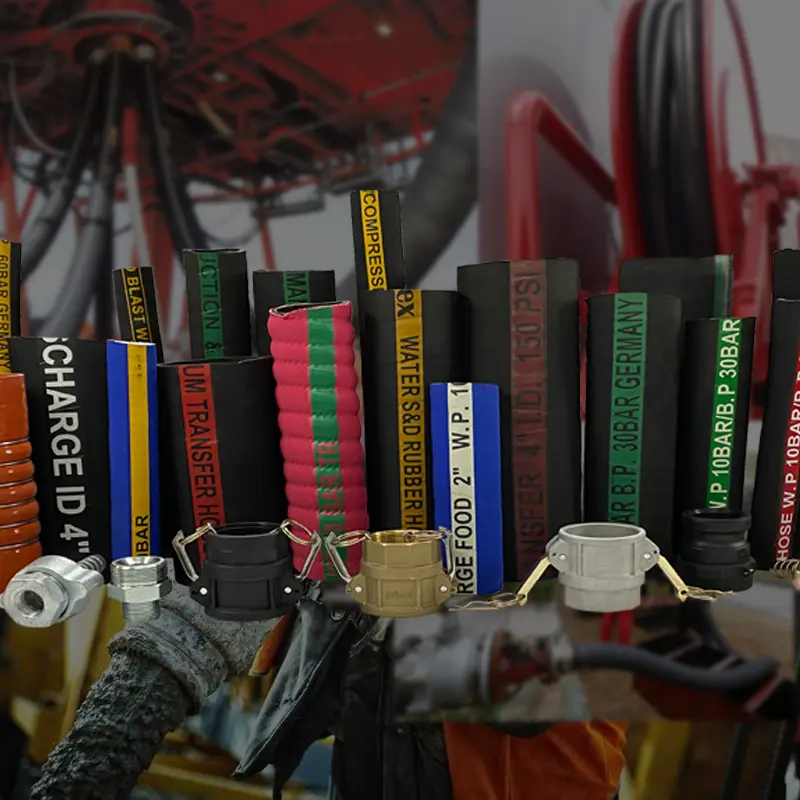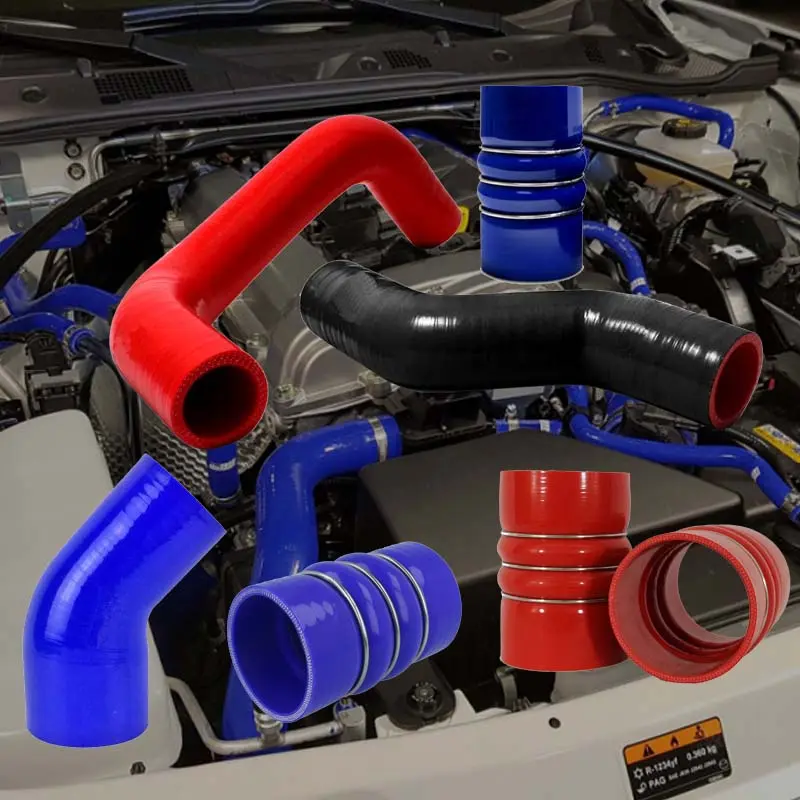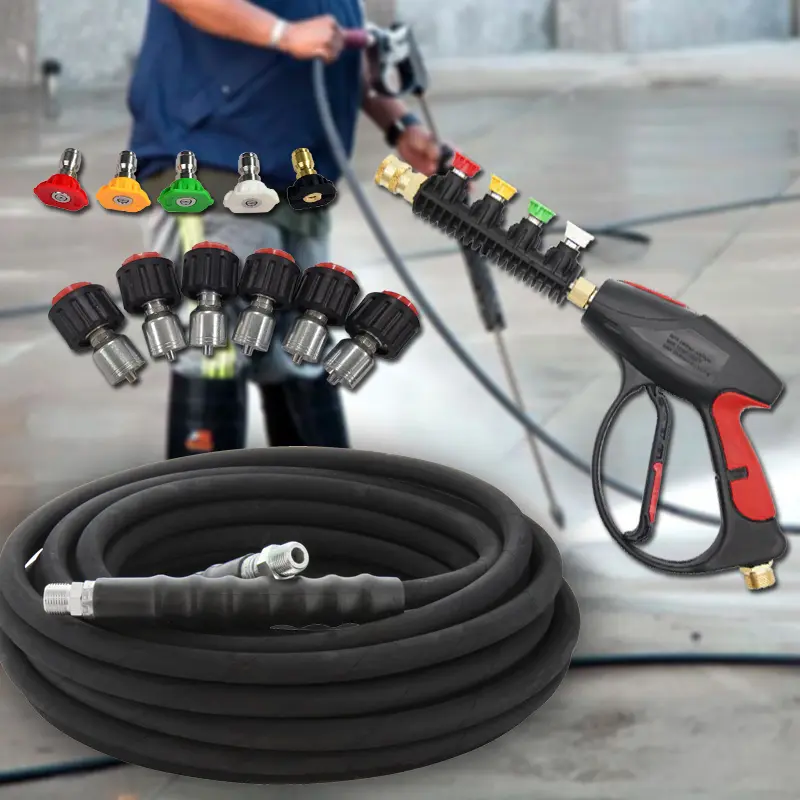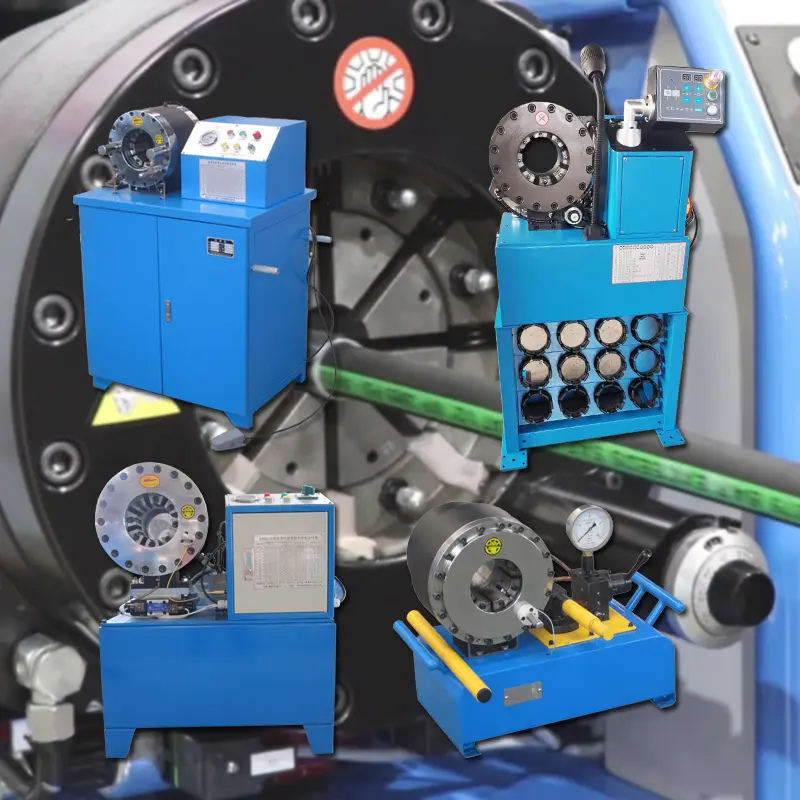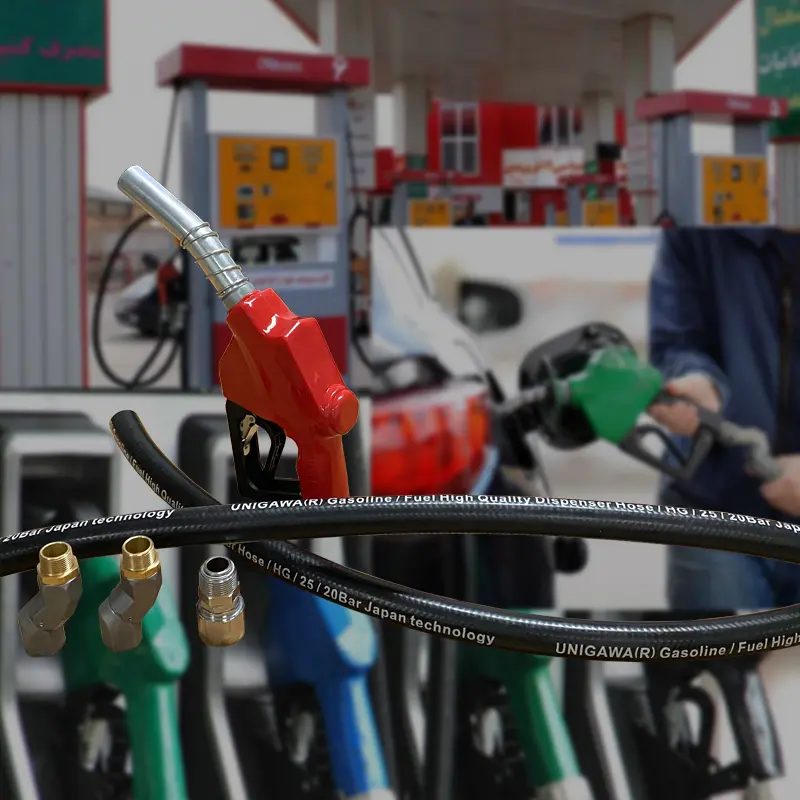In the realm of industrial fluid power, the choice between thermoplastic hydraulic hose and rubber hydraulic hose hinges on understanding their unique performance profiles. As a leading hydraulic hose manufacturer, we recognize that each design excels in specific applications, from high-pressure industrial machinery to lightweight mobile equipment. This detailed comparison explores their differences in flexibility, weight, weather resistance, pressure tolerance, and conductivity, empowering you to make an informed decision for your operational needs.
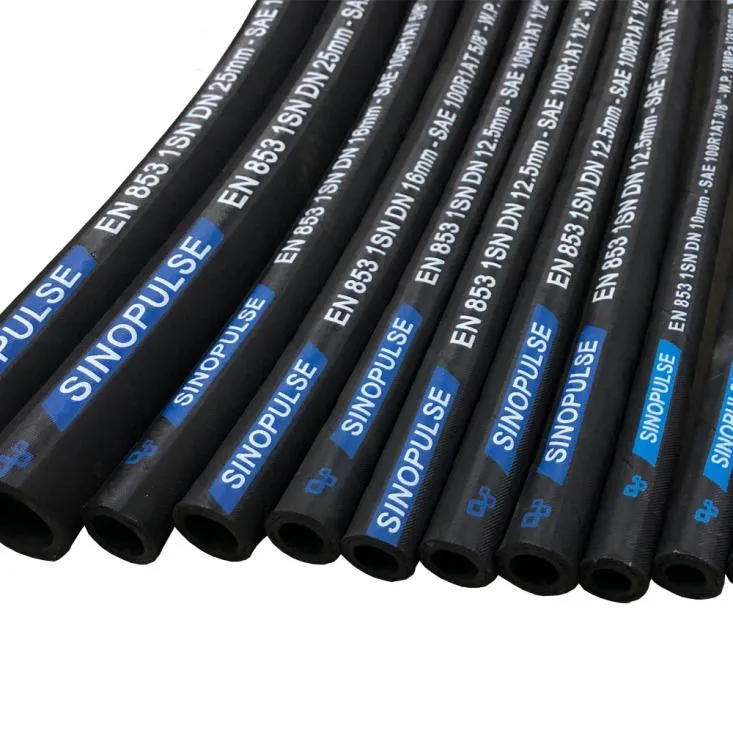
1. Flexibility of Thermoplastic between Rubber Hydraulic Hoses: Adapting to Motion and Space Constraints
Thermoplastic Hydraulic Hoses
Thermoplastic hydraulic hose designs prioritize agility, with smooth inner bores and flexible polymer structures that enable tight bending radii—often 30% smaller than rubber counterparts. This flexibility makes them ideal for compact machinery or systems requiring frequent movement, such as robotic arms or agricultural implements. Their rigid yet pliable nature reduces kinking risks, ensuring consistent fluid flow even in dynamic environments.
Rubber Hydraulic Hoses
Rubber hydraulic hose, crafted from synthetic rubbers like NBR or EPDM, offer exceptional elasticity and vibration absorption. While their bend radii are slightly larger, rubber hoses excel in high-vibration settings, such as construction equipment or mining trucks, where their natural resilience dampens mechanical shocks and minimizes wear on fittings. This elasticity also allows for greater tolerance to misalignment during installation.
2. Weight of Thermoplastic between Rubber Hydraulic Hoses: Balancing Portability and Durability
Thermoplastic Hydraulic Hoses
One of the standout advantages of thermoplastic hydraulic hoses is their lightweight construction—up to 40% lighter than equivalent rubber models. This weight reduction is transformative for mobile applications, such as forklifts or aerial work platforms, where minimizing equipment load enhances fuel efficiency and maneuverability. The absence of heavy reinforcement layers (like steel braiding) further contributes to their sleek, portable design.
Rubber Hydraulic Hoses
Rubber hydraulic hoses, while heavier due to their robust reinforcement (textile or steel braiding), offer superior structural integrity in harsh conditions. Their weight is a tradeoff for durability, making them the go-to choice for stationary industrial machines or high-load systems where stability and long-term wear resistance take precedence over portability.
3. Weather and Chemical Resistance of Thermoplastic between Rubber Hydraulic Hoses: Thriving in Diverse Environments
Thermoplastic Hydraulic Hoses
Thermoplastic materials like polyurethane (PU) or polyvinyl chloride (PVC) provide excellent resistance to chemicals, oils, and UV radiation, making them suitable for outdoor applications or corrosive environments. They resist degradation from common industrial fluids, such as coolants and solvents, and maintain performance in temperatures ranging from -20°C to +80°C. However, prolonged exposure to extreme heat (over 100°C) may compromise their structural integrity.
Rubber Hydraulic Hoses
Rubber hoses shine in extreme temperature ranges, with some EPDM or silicone variants operating from -40°C to +150°C. Their natural resistance to ozone and weathering makes them ideal for marine, offshore, or high-altitude applications. Additionally, specialized rubber compounds (e.g., fluoroelastomer) offer unmatched resistance to aggressive chemicals, making them indispensable in petrochemical plants or chemical processing facilities.
4. Pressure Tolerance of Thermoplastic between Rubber Hydraulic Hoses: Matching System Demands
Thermoplastic Hydraulic Hoses
Thermoplastic hydraulic hoses typically handle medium to high pressures (up to 3,000 PSI), depending on their reinforcement (spiral or braided synthetic fibers). They are well-suited for applications like automated manufacturing lines or hydraulic tools, where consistent pressure without excessive weight is key. However, they may not match the extreme pressure capabilities of heavy-duty rubber hoses.
Rubber Hydraulic Hoses
Rubber hydraulic pressure hose designs, especially those with steel wire braiding or spiral reinforcement, excel in high-pressure environments (up to 10,000 PSI). These are the standard choice for industrial presses, hydraulic lifts, and mining equipment, where maintaining structural integrity under sustained high pressure is non-negotiable. Their multi-layer construction provides a safety margin for pressure surges, reducing the risk of catastrophic failure.
5. Conductivity of Thermoplastic between Rubber Hydraulic Hoses: Managing Static and Electrical Risks
Thermoplastic Hydraulic Hoses
Most thermoplastic hoses are non-conductive, which can lead to static electricity buildup when transporting fast-flowing fluids— a concern in environments where sparks pose a fire hazard (e.g., fuel transfer). Special anti-static variants are available, but they require careful selection to ensure compliance with safety standards.
Rubber Hydraulic Hoses
Rubber hoses, particularly those with conductive additives or metallic reinforcements, offer better electrostatic dissipation. This makes them safer for applications involving flammable liquids, such as oil refineries or automotive fuel systems, where minimizing static discharge is critical.
Application Scenarios of Thermoplastic and Rubber Hydraulic Hoses: When to Choose Which
Thermoplastic Hydraulic Hose is ideal for:
- Lightweight, mobile equipment (e.g., forklifts, agricultural sprayers).
- Medium-pressure systems with tight routing requirements.
- Chemical-resistant environments without extreme temperature fluctuations.
Rubber Hydraulic Hose is the preferred choice for:
- High-pressure industrial machinery (e.g., hydraulic presses, construction cranes).
- Harsh outdoor or marine environments requiring superior weather resistance.
- Applications involving flammable fluids or high vibration.
Both thermoplastic hydraulic hose and rubber hydraulic hose have earned their place in industrial fluid systems, each addressing specific operational challenges. As a trusted hydraulic hose manufacturer , we offer a diverse range of solutions—from lightweight thermoplastic models for agile machinery to heavy-duty rubber hoses for high-pressure environments—ensuring you find the perfect fit for your needs.
Whether you prioritize portability, extreme pressure tolerance, or chemical resistance, our hydraulic hose for sale combines innovation and reliability to meet the demands of modern industry. Explore our comprehensive lineup today and experience the difference of choosing a hose engineered for your unique requirements.
Product Application










